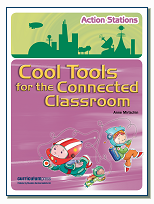When: Tuesday 29th May, 8-9pm, Melbourne, Australia time (gmt+10)
About this session: Infographics are the ‘flavour of the month’ with two sessions in one week for the Australia Series. In this session, Mark Richardson will lead us through a discussion on infographics. Some of the following may be included:
- the role of infographics in and its place in learning,
- the ability to visualize concepts and
- some tools for creating infographics.
About Mark: Mark Richardson has taught in primary schools for many years. He also has extensive experience planning and delivering professional learning to teachers in ICT / eLearning.
His current interests are
- Learning Spaces and Places
- Digital Pedagogies,
- Online Teaching and Learning
- Collaboration
- Digital Citizenship
Here is the link to listen to the recording.







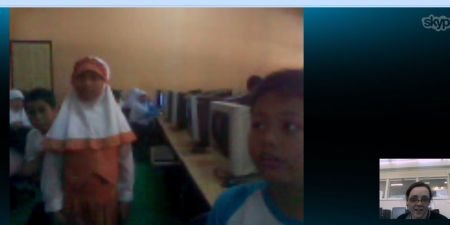



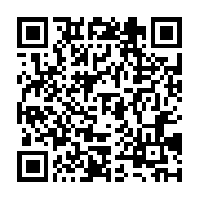






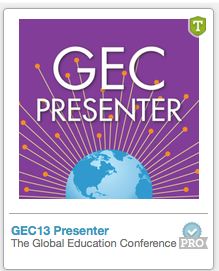
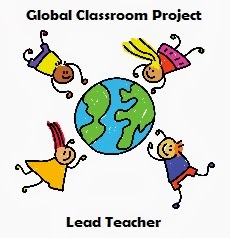
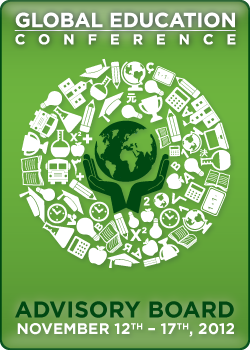
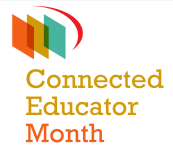
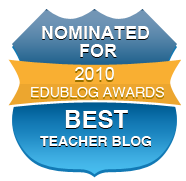




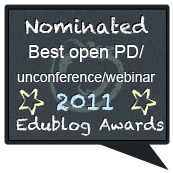
 Twitter/murcha
Twitter/murcha Del.icio.us/murcho
Del.icio.us/murcho GMail/Anne M
GMail/Anne M Blog/Anne M
Blog/Anne M